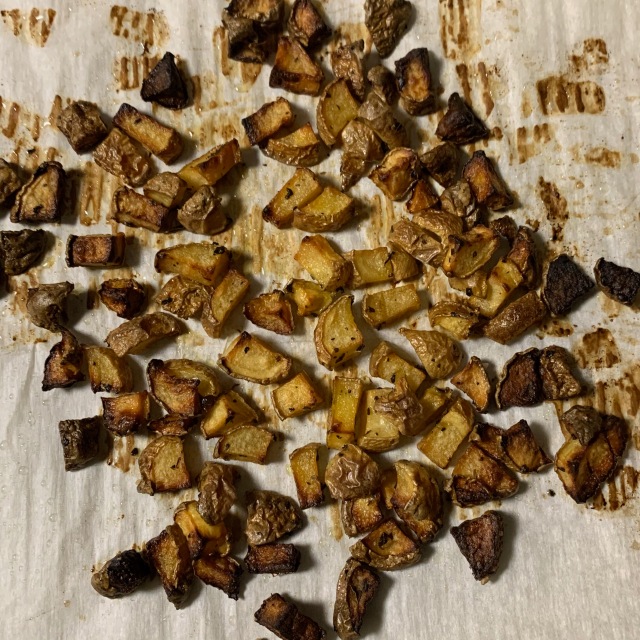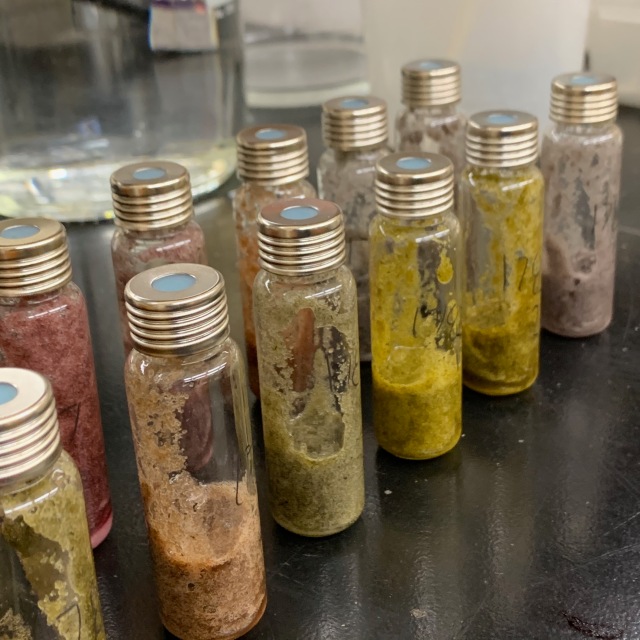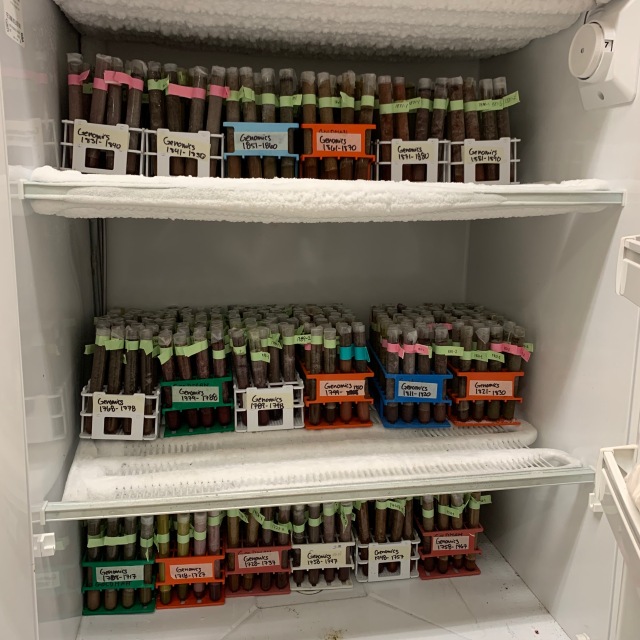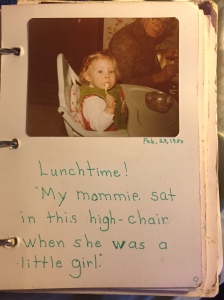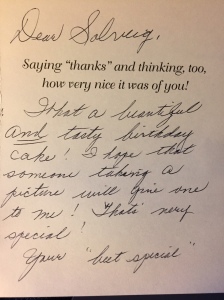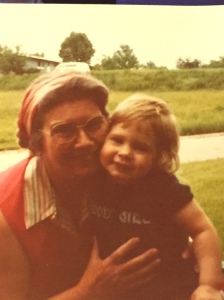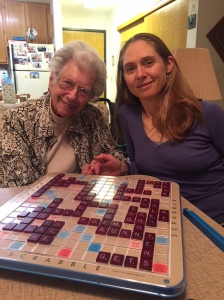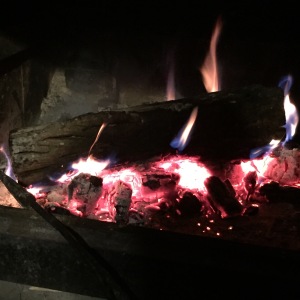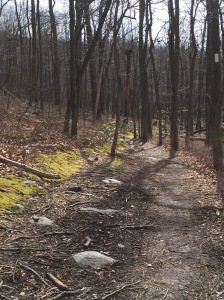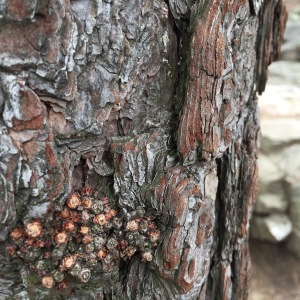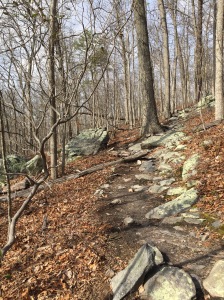I’ve felt gut punched ever since the president’s press conference last night. The small solace I felt late last week, when it finally felt like public policy was following medical and epidemiological expertise, was gone. While Mr. Trump didn’t make any firm directives last night, he tossed some doubt into the air, like so many nerf balls into a circle of knife jugglers. Anyone who wanted to second-guess medical and government authorities now had license. If he’s talking about coronavirus in the past tense, we can just start acting like it’s over, right?
As Trump is wont to do, he spun a tale of the reality that he prefers — that we can finally put this virus kerfuffle behind us and get back to business! — in hopes that his story would be sufficiently amplified that a critical mass of people would accept it as true. I have to grant Trump that his reality-constructing tendency is based in a kernel of truth: much of what manifests in the world does follow human expectation. When people think the economy will crank along and they invest, loan, and spend accordingly, it generally* does. But bafflingly yet so predictably, Trump has yet to fathom that this virus resists persuasion. Its logic is simple and lies in the realities of biology, ecology, and math. Would that any human were as immune to it as Mr. Trump is to facts.
These thoughts were the ones unsettling me this morning as I biked through almost-empty streets; watered a dozen greenhouses after sanitizing every spigot, hose handle, and sliding door; and came home to hot-water-wash my laundry and bleach my keys, bike goggles, and ID card. This is not the world to which we’re accustomed, and that’s not just because we’ve shut down swaths of the economy. Humanity’s collective immune system is working perfectly but is wholly naive to this new challenge. It will learn to resist this new virus, person by surviving person, but our collective organism will suffer — is clearly already suffering — in the process. We, collectively, have a fever right now, and it unfortunately hasn’t spiked yet.
So where do I go with this? The anger, fear, helplessness, anger again. I can’t shout loud enough; even Dr. Fauci can’t intercept Trump’s improvisation before it confuses and hamstrings the public he pretends to serve. In ordinary circumstances, I could blow off steam to an officemate, but in this socially distanced world, I’d have to intentionally reach out. And while I know my friends and relations would welcome my call, I don’t want to be a nerf ball in someone else’s knife-juggle if I can help it.
Not surprisingly, where I go is the keyboard. Letting words order themselves around the shape of an emotion is a comfort to me. It doesn’t expel the feeling, but it gives it space to settle. To show its texture and contour, to be seen as the intelligent messenger that it is.
Anger is based in deep caring, and in recognizing the gap between current reality and a possible, better reality. Anger is an embodied NO, and when embodied skillfully, it holds vital and transformative energy.
I still don’t know where that energy should go. The most honest answer is that besides caring for my own health, being there — albeit electronically — for those in my orbit, keeping my dissertation process moving, and trying to see clearly through the daily barrage of dissonant information, I don’t know what more to do. But I want to do more to help the people in my community who are hurting, while also keeping myself safe.
And maybe where I have to rest is in that tension. I don’t think I can make this feel ok, but can let the tension open me to what’s happening around me, and to the intelligent ways I could respond. Blind anger is not a motivator I trust, but anger given sight — anger given a chance to unwind into the deep caring from which it arises — is energy that our collective organism needs, that I need, and that I’ll allow to move me.
*not always; note dot-com bubble, housing bubble, etc

